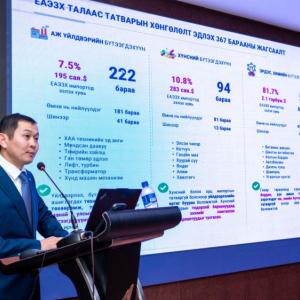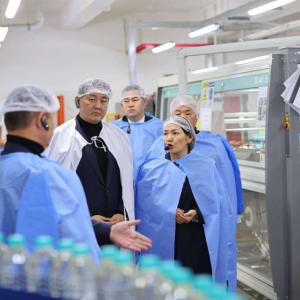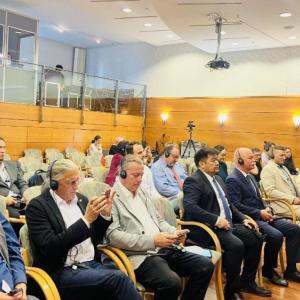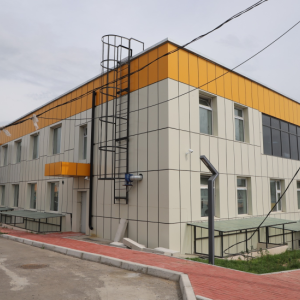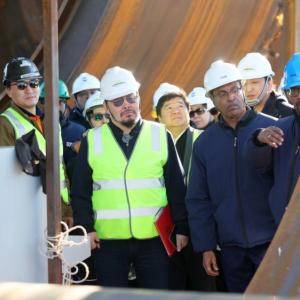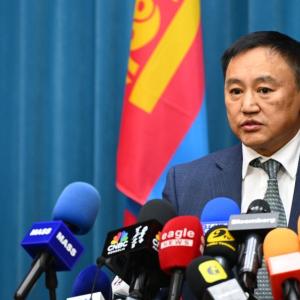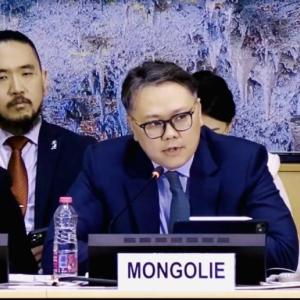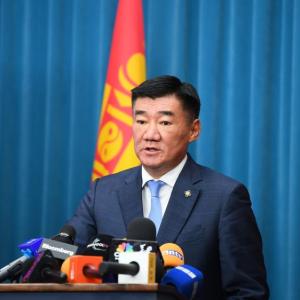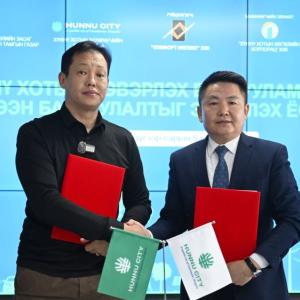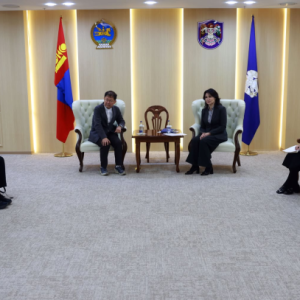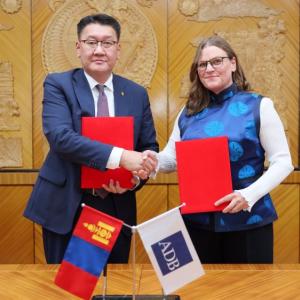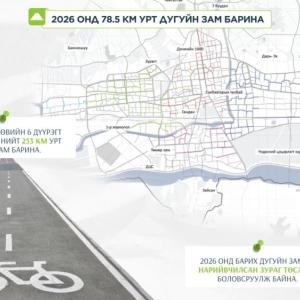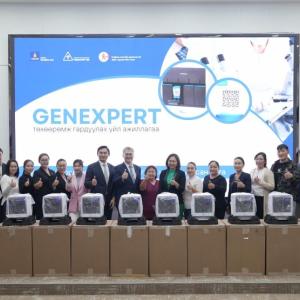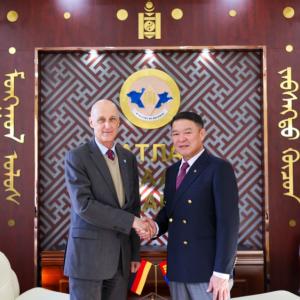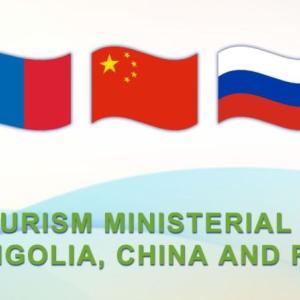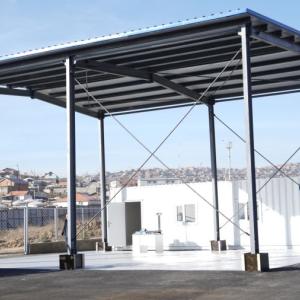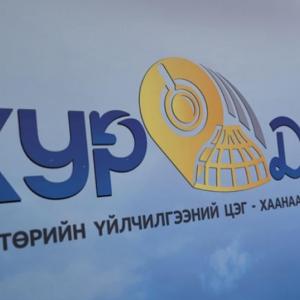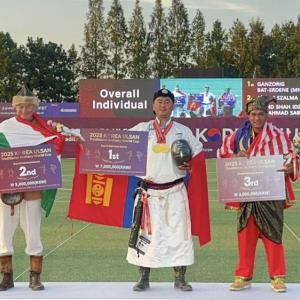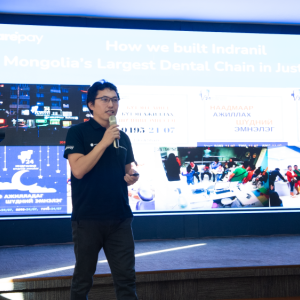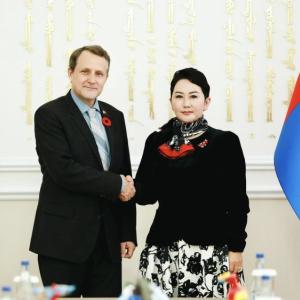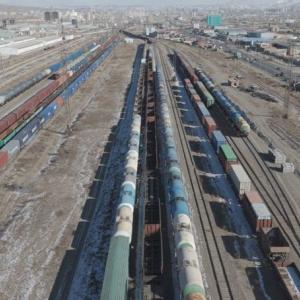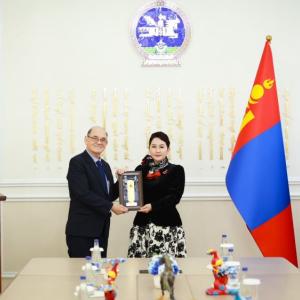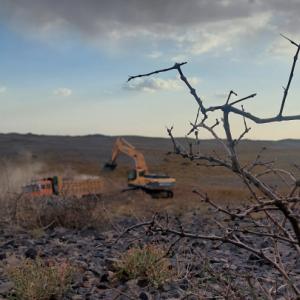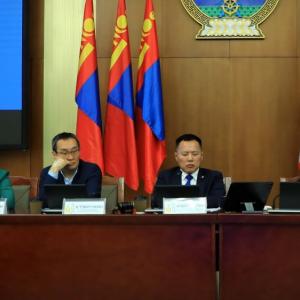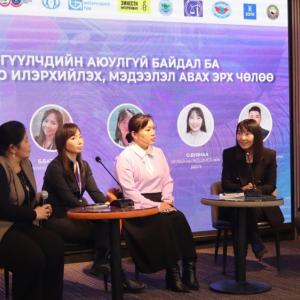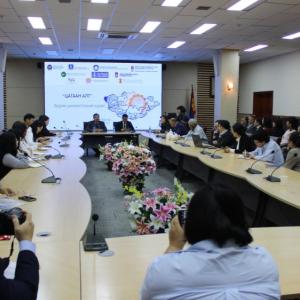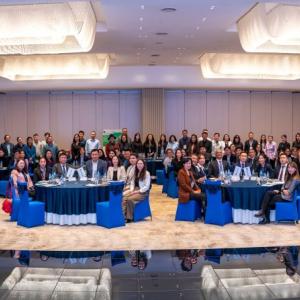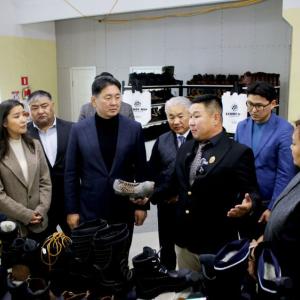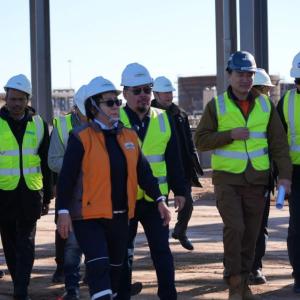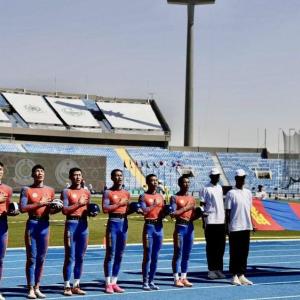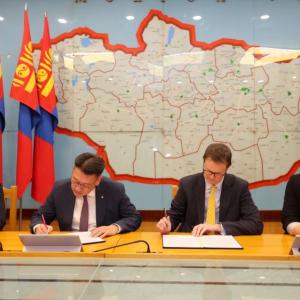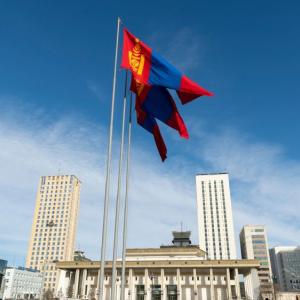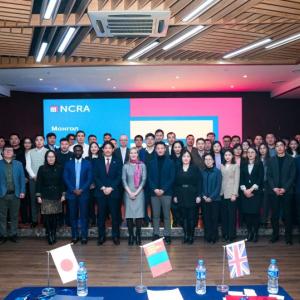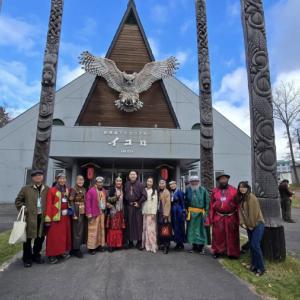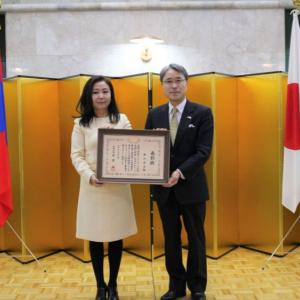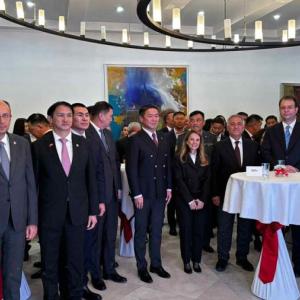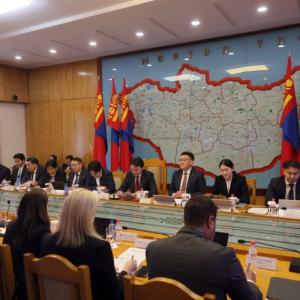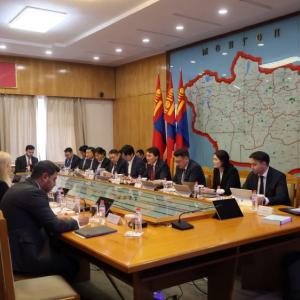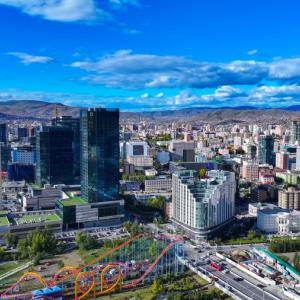Yolanda Fernandez Lommen: Current ADB Country Partnership Strategy for Mongolia is the largest allocation of ADB funding since we started operations in the country
The Mongol MessengerWe interviewed Country Director of the Asian Development Bank (ADB) for Mongolia Yolanda Fernandez Lommen on May 8, following the press tour to Selenge aimag.
Share
with us your impression about your visit to Selenge aimag? What do you think about
the implementation of ADB-funded projects in the aimag?
-I greatly enjoyed the visit to
Selenge aimag. It was an excellent opportunity to visit important projects that
ADB is implementing in Mongolia. In Selenge, ADB is supporting different
sectors including the development of modern cross border facilities that will
foster trade, tourism, and investments in Mongolia, generating income and
employment opportunities. This is supplemented with another project that will
strengthen quarantine facilities at the border and bring sanitary and
phytosanitary standards in Mongolia up to internal standards boosting Mongolian
exports, in particular exports of meat, which have great potential. In
addition, we are supporting the health sector with important investments in the
central hospital in Sukhbaatar to upgrade critical facilities like the
sterilization unit, the microbiology department, the blood bank, and the
management of medical waste. These areas are essential to ensure highquality
medical services and largely contribute to saving lives. Moreover, I was
impressed by the excellent work done by civil society organizations in Selenge
under our technical assistance project to promote gender equality, another
important aspect for society. The combined impact of all the operations in
Selenge and its citizens is thus far reaching.
How
many projects is ADB currently implementing in Ulaanbaatar? In which area are
the most of them being carried out?
-We are supporting the Government of
Mongolia and the Municipality of Ulaanbaatar in various sectors including air
pollution, affordable housing, health services, education, waste management,
transport, renewable energy, financial sector services, among others. While our
geographic presence is highly visible in the ger areas most of our projects
benefit the city widely.
The
Ulaanbaatar Urban Services and Ger Areas Development Investment Program is one
of the most important projects in Ulaanbaatar. What are the features of the
project and what outcomes are expected?
-The investment program aims to
promote an inclusive peri-urban development in Ulaanbaatar City's ger areas.
Combining spatial and sector approaches, it will introduce sustainable urban
services and support the socioeconomic development of urban communities in
subcenters located in ger areas. The program will: (i) support urban
governance, livelihood and socioeconomic activities through land use planning,
and improved access to financial services; (ii) extend and upgrade appropriate
and affordable water supply, wastewater collection, and district heating
infrastructures; and (iii) improve the operation and maintenance capacities of
service providers, and enable sound institutional and regulatory settings for
service delivery.
As
for the Fourth Health Sector Development Project, why did ADB choose
Songinokhairkhan district? What is the current implementation status of the
project?
-Songinokhairkhan district is the most
densely populated in Ulaanbaatar and the poorest district. Poverty alleviation
and brining basic public services to the vulnerable is a key aspect of ADB’s
mandate. In addition, the existing district hospital lacks the capacity to
provide services in difficult periods, like for instance, during the flu
season, when many children are sick and require urgent medical attention.
Implementation is progressing well, and construction work is scheduled to be
completed in late December this year.
How
much has the Asian Development Bank invested to Mongolia so far?
-The Asian Development Bank has been
Mongolia’s largest multilateral development partner since 1991, playing a
central role in the country’s transformation to a middle-income, market-based
economy. ADB has approved sovereign loans totaling USD 2.3 billion,
nonsovereign loans totaling USD 105.1 million, grants of USD 313.9 million, and
technical assistance projects worth USD 161.1 million for Mongolia.
The
current ADB Country partnership strategy for Mongolia is coming to an end next
year. Do you think the Strategy is being implemented successfully?
-The Country Partnership Strategy
covers the period from 2017 to 2020 and has been effectively implemented to
date. This strategy has committed more than USD 1.2 billion in relevant
projects throughout various sectors and is the largest allocation of ADB
funding since we started operations in Mongolia 28 year ago. Our expectation is
for all the activities and planned operations to be completed by mid-2020, when
we will start the preparation of the new strategy.
On
which areas will the next country partnership strategy put higher focus?
-As the current strategy remains valid until December
2020, we have not yet initiated discussions with the Government of Mongolia on
the main pillars for future work that would be central to the new strategy. The
strategy is jointly prepared with the Government of Mongolia and closely
aligned with the Government Action Plan. These approaches will be followed in
the preparation of the new strategy
 Ulaanbaatar
Ulaanbaatar









